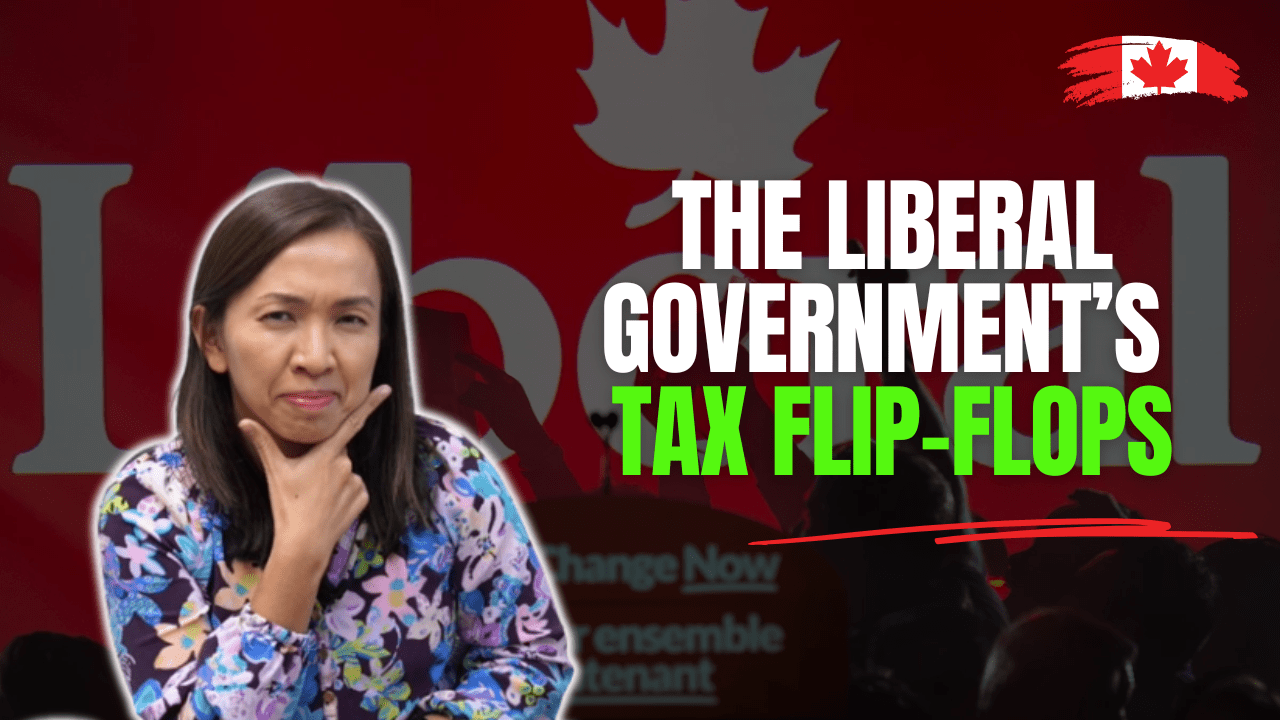Last week, I had the liberty to sit down with my long-time mentor, Quentin D’ Souza. Quentin is a published author of 7 books, founder of Durham Real Estate Investment Club, and has over $120 million asset under management.
We touched on his process of how he decided to leave his full-time job of being a teacher to become a full-time real estate investor.
1. Start with the end goal in mind: Budget and cut your expenses
It’s important to run a household budget and learn how much you really need to run your household.
Some expenses can be eliminated, while some can’t.
The end goal is to have enough cash flow to support your day to day expenses.
Another way to look at your monthly expense is to “attack” each expense item one by one. For example, get one investment to generate enough cash flow to pay down the insurance of your own home.
2. Invest with the End Goal in Mind: Buy cash flowing properties using small buildings (ranging from 1 to 4 units)
If you goal is to leave your day job using real estate, you have to select the type of investment with that intention in mind.
This typically starts with buying cash flowing properties.
Quentin suggested to start off by investing in single family home to small multi-units that generate positive cash flow.
Cash flowing properties include properties that generate sufficient amount of rent to cover mortgages, property taxes, repairs, insurance, and all other related expenses.
Cash flow properties allow investors to live a stress free lives. You no longer need to worry about being fired and supplementing the negative cash flow required by your investment properties.
3. Practice Run: Live off the cash flow from your properties
Once you accumulate a fair number of properties that generate cash flow, it’s time to practise “living off” this cash flow.
Before Quentin left his job, he did exactly this.
He practised living off using cash flow from his investment properties for a year.
This helps build up the confidence of leaving your job.
4. Be on the Same Page with Your Spouse
When planning to quit a job, it’s always helpful to be on the same page with your significant other.
Have a mutual understanding of what it means to leave a job. Maybe your significant other loves his/her job and prefers to stay on.
In Quentin’s case, Laura, his wife, stayed as full-time teacher when he first decided to take the leap.
The key is to take it slow, one step at a time. Test the water out before making the big leap.
5. Plan B: Generate revenue from other revenue sources
When Quentin quit, he had plans to generate income to replace his full-time job income.
He wasn’t really “retiring”. He was quitting to become a full-time real estate entrepreneur.
His plans included doing multiple flips, running coaching program as well as running monthly meet up.
He made more money from his first flip than his annual salary.
When you make the decision to leave your full-time job, you always need to have a plan B just in case, even if you have no intention to become a full-time real estate entrepreneur.
Investing Beyond a Full-time 9 to 5 Job
Investing beyond a full-time 9 to 5 job is not easy. Traditional small scale investing requires full time job for financing. When you quit, it might be more challenging to purchase smaller investment properties.
You might have to switch your investment strategies to larger multi-unit.
Loss of job income, unable to qualify for more financing
Investing in real estate isn’t the same once you don’t have a full-time job. You might have to leverage a lot using creative financing.
When you are without employment income, it becomes way more challenging to finance the purchase of single family homes and small multi-family units. Financing of these purchases often relies on employment income.
When you invest in six units and above, mortgages are qualified based on the net operating income of the property on its own.
The banks might still check your credit score and your regular income, but they rely much less on your personal income.
Larger scale multi-family investing allow faster growth in net worth
One of the most eye opening examples that Quentin shared was how you can raise your networth by $300,000 by simply raising rent for $1,000 a month.
Apartment building valuation is based on Net Operating Income (NOI) divided by the cap rate.
If you increase your rent by $1,000 a month, this is equivalent to increasing your NOI by $12,000 annually.
With cap rate of 4%, the building is worth $300,000 more ($1,000 / 4%).
Why Select Corporation Structure Over Limited Partnership Raising Funds
When you raise funds to invest in larger projects, you might start having investment partners.
When you work with partners, you need to structure them properly to
- Minimize the amount of bookkeeping and paperwork maintenance
- Protect yourself and your investment partners from liabilities and lawsuits
- Maximize the tax efficiency for each partner while minimizing cost of compliance
You can form different types of investment structures, such as:
- Joint venture
- Corporation whereby each investment partner is a shareholder with different types of shares
- General partnership and limited partnership investments
Each of them has its own pros and cons.
With Quentin’s investment, he opted in for corporation for ease of implementation and cost efficiency. If you ever need help to form a proper structure, feel free to reach out to our office and our team can assist you further.
Until next time, happy Canadian Real Estate Investing.
Cherry Chan, CPA, CA
Your Real Estate Accountant
P.S. Erwin and I are hosting the most anticipated event for the year – also known as the Wealth Hacker Conference Saturday, Nov 12 this year. When we hosted this event in 2019, over 1,500 hardworking Canadians joined us learning all different types of wealth hacks. Find out more about the event at www.WealthHacker.ca





